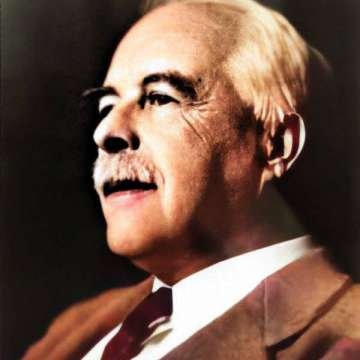The online simulations of gas properties on this page will help you better understand the properties of gases and, in particular, how diffusion occurs. We will discover the diffusion equation (Flick’s law) and the Maxwell-Boltzmann velocity distribution.
What properties do gases have
Gases, a state of matter characterized by their ability to expand and compress, have unique properties that influence their physical and chemical behavior. The diffusion and velocity distribution of their particles are fundamental aspects for understanding their behavior.
Diffusion of gases
Diffusion is the process by which gas molecules spontaneously move from areas of higher concentration to areas of lower concentration due to the constant and random movement of their particles. This phenomenon allows gases to mix uniformly without external intervention and is fundamental to many natural and technological processes.
Factors affecting gas diffusion
The speed and efficiency of diffusion depend on several factors:
Temperature. At higher temperatures, particles have more energy and move faster, accelerating diffusion.
Molecular mass. Gases with lighter particles diffuse more quickly than gases with heavy particles.
Concentration difference. A steeper concentration gradient favors faster diffusion.
Diffusion medium. The presence of obstacles or the density of the medium can slow down the process.
Diffusion equation (Fick’s law)
Fick’s Law mathematically describes the diffusion of substances and states that the diffusion flow is proportional to the concentration gradient. In simple terms, the greater the concentration difference between two areas, the greater the amount of gas that will move from the more concentrated region to the less concentrated region per unit of time. The basic equation of Fick’s Law is:
J = -D dC/dx
where:
J is the diffusion flow (amount of substance passing per unit area and time),
D is the diffusion coefficient, which depends on the gas and the conditions of the medium,
dC/dx is the concentration gradient in the direction of flow.
This law is fundamental to understanding processes such as cellular respiration, air pollution, and the mixing of gases in different environments.
Maxwell-Boltzmann velocity distribution
The Maxwell-Boltzmann velocity distribution provides a statistical model that explains how the velocities of gas particles are distributed in a system, which is essential for understanding phenomena such as diffusion, pressure, and temperature. According to this statistical model, not all particles have the same velocity; instead, there is a distribution in which some particles move very fast, others very slow, and most at intermediate velocities.
Physical interpretation
This distribution reflects the dynamic behavior of gas particles due to their thermal energy. The shape of the curve depends on the temperature: at higher temperatures, the curve flattens and shifts toward higher velocities, indicating that the particles, on average, move faster.
Importance in molecular kinetics
Understanding the velocity distribution is key to explaining phenomena such as diffusion, gas pressure, and chemical reactions, since the velocity of the particles influences the frequency and energy of their collisions. Furthermore, this distribution is fundamental to the kinetic theory of gases and to predicting the macroscopic behavior of gases based on their microscopic properties.
Applications of diffusion and velocity distribution
Understanding diffusion and Maxwell-Boltzmann velocity distribution has numerous practical applications in chemistry, physics, biology, and engineering. From respiration and gas circulation in living organisms to drug formulation, ventilation system design, and environmental pollution control, these concepts allow us to explain and predict how gases behave in different contexts. They are also fundamental to the development of technologies that require precise control of gas mixtures and molecular transport processes.
Explore the exciting STEM world with our free, online simulations and accompanying companion courses! With them you'll be able to experience and learn hands-on. Take this opportunity to immerse yourself in virtual experiences while advancing your education - awaken your scientific curiosity and discover all that the STEM world has to offer!
Simulations of gas properties
- Container
- Maxwell
- Properties
- Diffusion
Properties of gases
Pump gas molecules into a container and find out what happens as you change the volume, add or remove heat, etc.
File
Diffusion of two gases
Mix two gases to explore diffusion! Experiment with concentration, temperature, mass, and radius and determine how these factors affect the rate of diffusion.
File
Giants of science
“If I have seen further, it is by standing on the shoulders of giants”
Isaac Newton

Gilbert Newton Lewis
–

Amedeo Avogadro
–
Become a giant


Thermodynamics and Phase Equilibria



Thermodynamics



Entropy and Equilibria



Energy and Thermodynamics


Preparing for CLEP Chemistry: Part 1



Big Bang and the Origin of Chemical Elements



Pre-University Chemistry





























